Sound on Analogue DC with Bachmann D27 (32-679DS)
It was not so very long ago that I discovered that I could get digital sound on analogue DC. A chance purchase at a bargain price had given me the opportunity to run a Bachmann Digital Sound Class 40 on my analogue DC layout. You don’t get all the ‘bells and whistles’ but you do get great sound. Full Digital Control seems to me to be a step far too far, for what I ask myself? Well I was perhaps a tiny bit envious of ‘sound’ on Digital Control. However my recent excursions successfully running Bachmann Digital Sound locomotives on analogue DC confirm my long held view that I can keep my simple analogue DC system and that I do not need Digital Control for my kind of sound.
First a little bit of history!
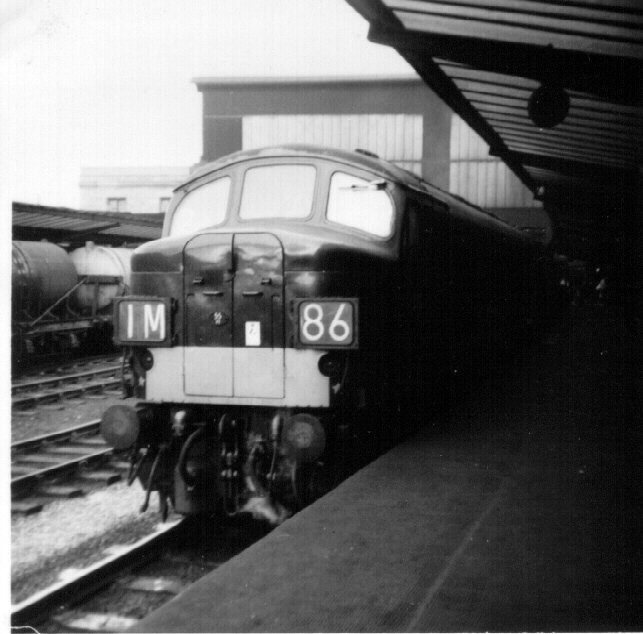
D12 at Carlisle August Bank Holiday 1961or 62
I have childhood memories of train spotting at Carlisle Citadel and being mightily impressed by D12 in near ex-works condition. It would be 1982 before Palitoy / Mainline made available their Class 46 model of D52.
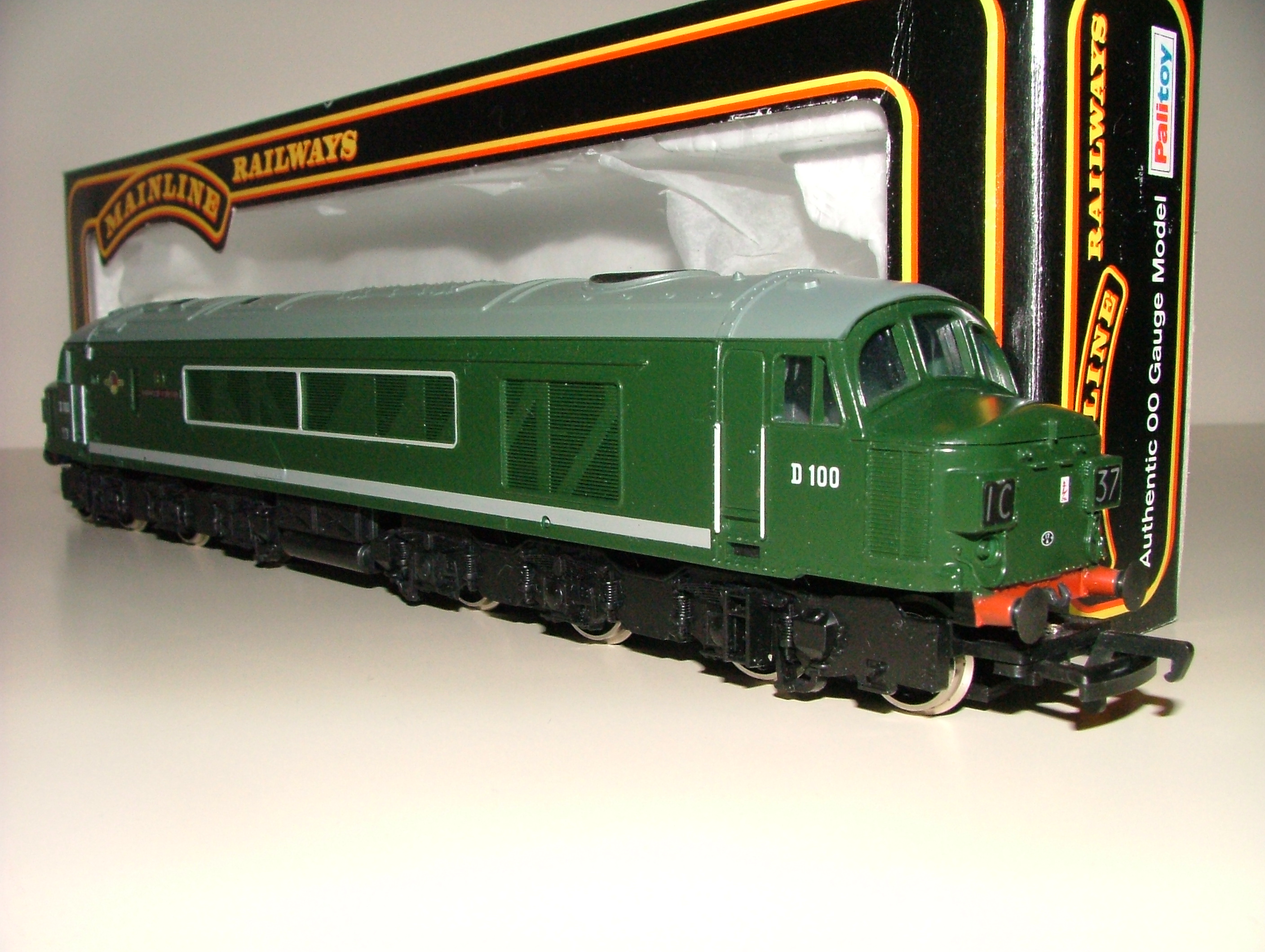
Mainline D100 Sherwood Forester
My favourite ‘must have’ model at the time was Palitoy’s second green Class 45, D100 Sherwood Forester, which came with illuminated indicator boxes and lots of power. I bought this model new in 1983 for £16 from Northumbria Models and I parted with it in 2008 for £33 – obviously very good play value.
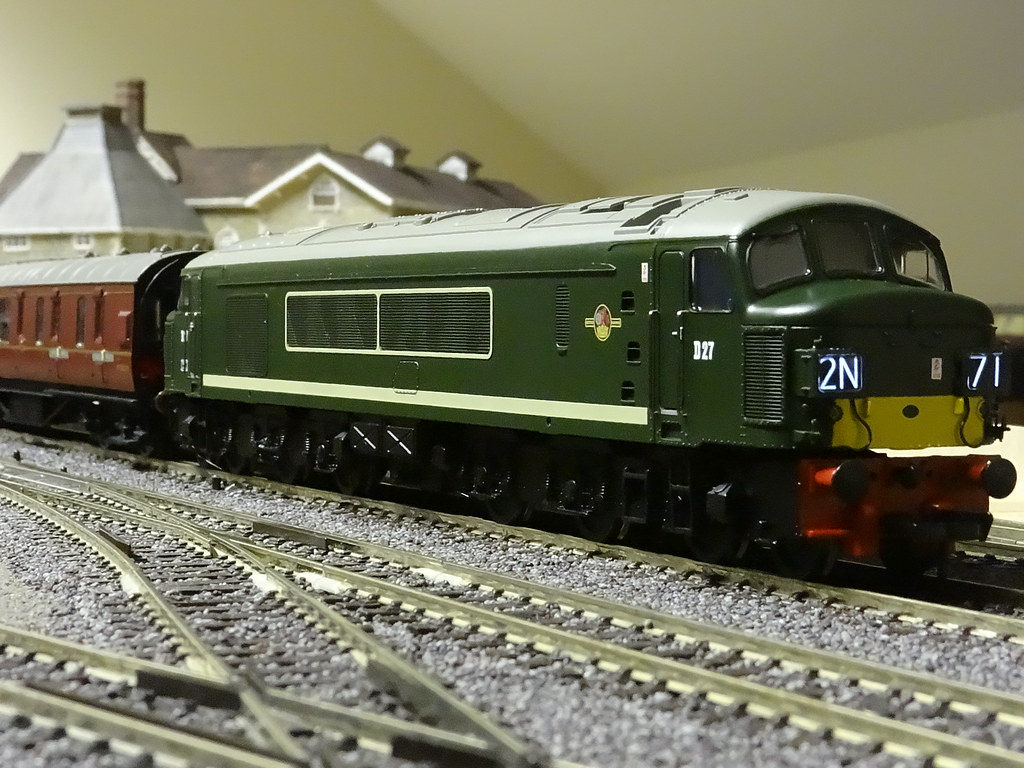
Bachmann D27
Back to the future and after acquiring a digital sound Class 40 I purchased a second ‘green’ digital sound locomotive, this time Bachmann D27 (32-679DS). I don’t know when this model was released but there is an interesting thread here on RMweb suggesting a ‘cock up’ by Bachmann who shipped the locomotives with LokSound V4.0 chips programmed with the code for the earlier V3.5 chip. This might go some way to explaining why I was still able to purchase a brand new model at a very competitive price. In contrast to the Class 40 the Bachmann instruction leaflet for D27 says specifically that sound is not available whilst running on analogue DC. Certainly straight out of the box when placed on the track with the sound chip installed the locomotive just emitted a loud humming noise.
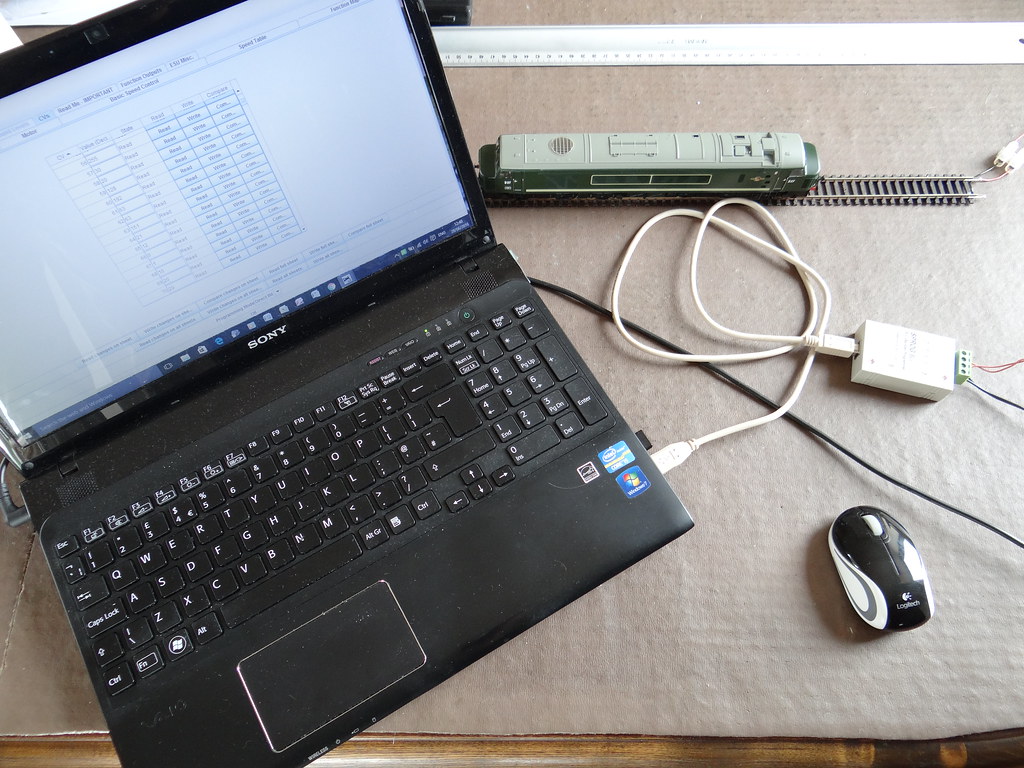
Bachmann D27 plus SPROG on Programming Track
A little knowledge is dangerous. The manual for the ESU LokSound V4.0 chip details its use on analogue DC. With no Digital Controller available I would buy a SPROG and investigate D27’s CV values (Thank you Kevin at Coastal DCC.). I would use the SPROG with a programming track and maybe change the D27 values to the ones used for the Class 40.
The first thing I discovered using the SPROG was that the CV values from the chip fitted to D27 bore no resemblance to the those stated on the Bachmann instruction leaflet or the values for the Class 40. I carried out some research and discovered the RMweb thread already referred to above with the thought that the chip should be reprogrammed. The most expedient solution for me was to contact Caroline and Steve at South West Digital (SWD) and to post the chip off for their attention. There was a nominal charge to pay and I received my chip checked and programmed for use with analogue DC. On return from SWD an inspection using my SPROG showed that Steve had reset almost all the CVs to values identical to the ones for the Class 40. Back on track - I had sound on analogue DC.
I am well satisfied.
The SWD / ESU data sheet for the LokSound v 4.0 decoder contains suggestions for using the chip on analogue DC. I have interpreted the notes as follows:
From zero turn the controller dial UP slowly until the engine sound starts. Note this position (No.1). Let the engine idle and when it has settled down to a steady rhythm turn the dial DOWN until the engine sound shuts down. Note this position (No.2).
To illustrate the points I made the short video clip linked below:
To play trains:
Turn the controller to No1 and wait whilst the engine sound settles. To move off, turn the controller UP and drive the train as normal. The engine running noise changes according to the position of the controller / speed of the engine. Be patient, the sound will take one or two seconds to reach the throttle position. Avoid making sudden changes. Drive to the sound.
To stop the train, slow it gradually turning the control DOWN to position 1. When you are completely finished with the locomotive, turn the dial DOWN further to position 2. After completion of engine shutdown turn the control dial to zero.
As received back from SWD I thought the sound from D27 to be quieter than from my Class 40, D211. Checking with the SPROG showed that CV ‘63’ the master control for volume was set for both locomotives at the default value of 128.
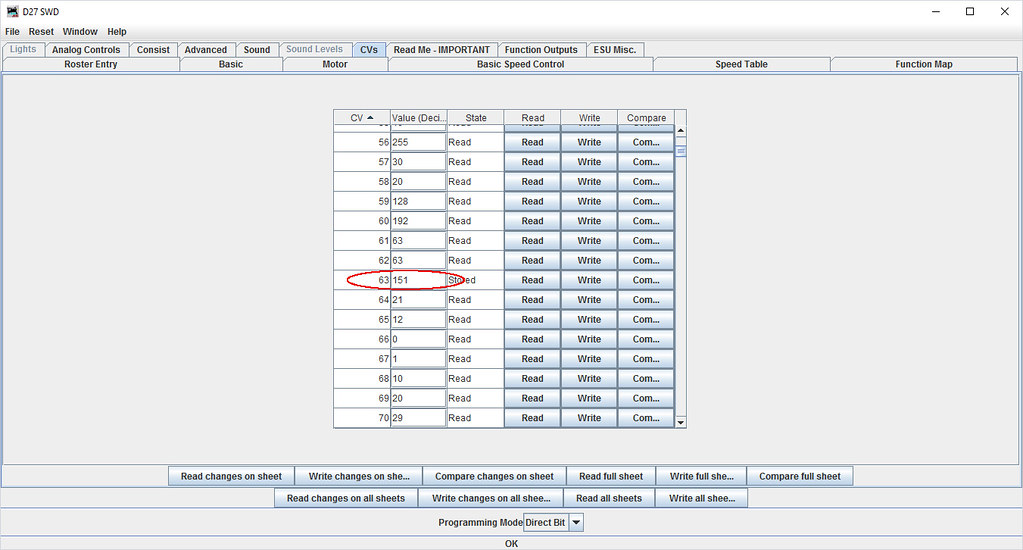
Bachmann D27 - Decoder Pro (Free open source software)
I would experiment and I ended up raising CV ‘63’ to a value of 151 – as used in all the above video links.
I have posted the link above to a further slightly longer video which confirms that after a little bit of practice it is perfectly possible to drive the train to a halt whilst at the same time leaving the engine running and the headcode box lights switched on. (Apologies for another bouncy video where I was holding the camera in one hand and turning the control knob with the other.) I would say that driving a Digital Sound locomotive on analogue DC provides a whole new ‘play’ experience.
However after a short while I have to admit to finding the noise rather wearing!
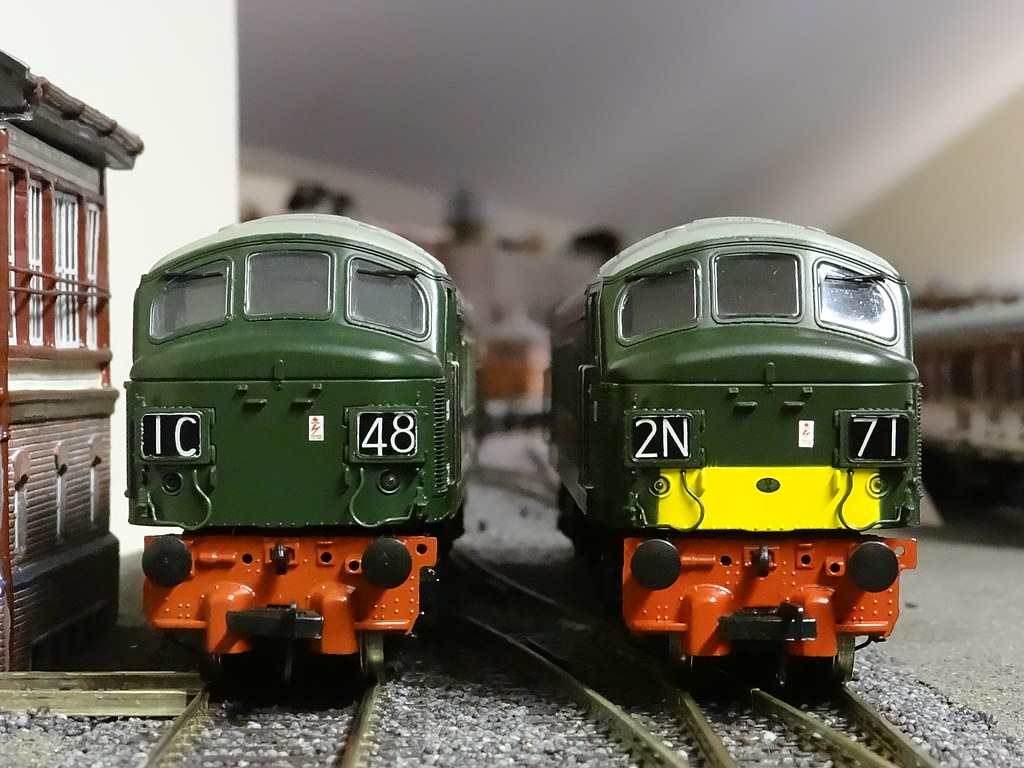
Bachmann D95 left, D27 right
As I go, a comparison view of D27 and D95. The latter arrived on the layout in 2009 and as far as I can tell, the chassis /body shell is completely interchangeable with D27.

Bachmann D27
Finally – a departing shot. Must go and read up some more about digital control chips.


.thumb.jpg.60c53fcbcaa34017b05b8919d1a9e6d2.jpg)
7 Comments
Recommended Comments
Create an account or sign in to comment
You need to be a member in order to leave a comment
Create an account
Sign up for a new account in our community. It's easy!
Register a new accountSign in
Already have an account? Sign in here.
Sign In Now